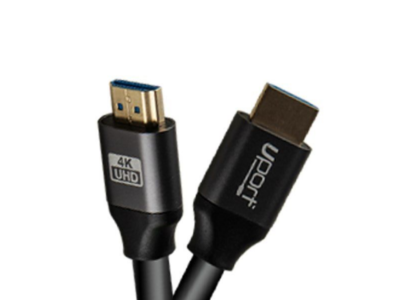Introduction: Connecting multiple monitors to a single computer setup can enhance productivity and multitasking capabilities. An HDMI splitter is a convenient tool that allows you to mirror or extend your display across two monitors simultaneously. In this guide, we’ll walk you through the process of setting up and using an HDMI splitter effectively.
Understanding HDMI Splitters: An HDMI splitter is a device that takes a single HDMI input signal and splits it into multiple output signals. This enables you to connect multiple displays, such as monitors or TVs, to a single HDMI source, like a computer, gaming console, or media player.
Benefits of Using an HDMI Splitter:
- Increased Productivity: Dual monitors provide more screen real estate, allowing for easier multitasking and improved workflow efficiency.
- Enhanced Viewing Experience: Enjoy content on multiple screens simultaneously, perfect for gaming, watching movies, or giving presentations.
- Cost-Effective Setup: Instead of investing in multiple computers, using an HDMI splitter lets you share a single device across multiple displays.
Step-by-Step Guide to Connecting Two Monitors Using an HDMI Splitter:
- Choose the Right HDMI Splitter: Ensure the HDMI splitter supports the resolution and refresh rate of your monitors. Look for one with sufficient HDMI ports and output capabilities.
- Connect the HDMI Source: Plug one end of the HDMI cable into the HDMI output port of your computer, gaming console, or other HDMI source.
- Connect the HDMI Splitter: Connect the other end of the HDMI cable to the input port of the HDMI splitter.
- Connect Monitors to the HDMI Splitter: Use HDMI cables to connect each monitor to the HDMI output ports on the splitter. Ensure a secure connection for each cable.
- Power On: Plug the HDMI splitter into a power source. Some splitters require external power to function properly.
- Configure Display Settings: On your computer or HDMI source device, navigate to display settings. Depending on your operating system (Windows, macOS, etc.), configure the displays to mirror or extend as desired.
- Test and Adjust: Test the setup by opening applications, dragging windows across screens, and adjusting resolution settings for optimal viewing.
Troubleshooting Tips:
- Check HDMI Cables: Ensure all cables are securely connected and undamaged.
- Update Drivers: Ensure your graphics card drivers are up to date to support dual monitor setups.
- Power Cycling: Try power cycling the HDMI splitter and connected devices if issues arise.
Conclusion: Connecting two monitors using an HDMI splitter is a straightforward process that enhances your computing experience. Whether for work, gaming, or entertainment, dual monitors offer flexibility and efficiency. By following these steps and troubleshooting tips, you can easily set up and enjoy a dual monitor setup using an HDMI splitter.
For more tech tips and setup guides, stay tuned to our blog or connect with us on [Social Media Link].





